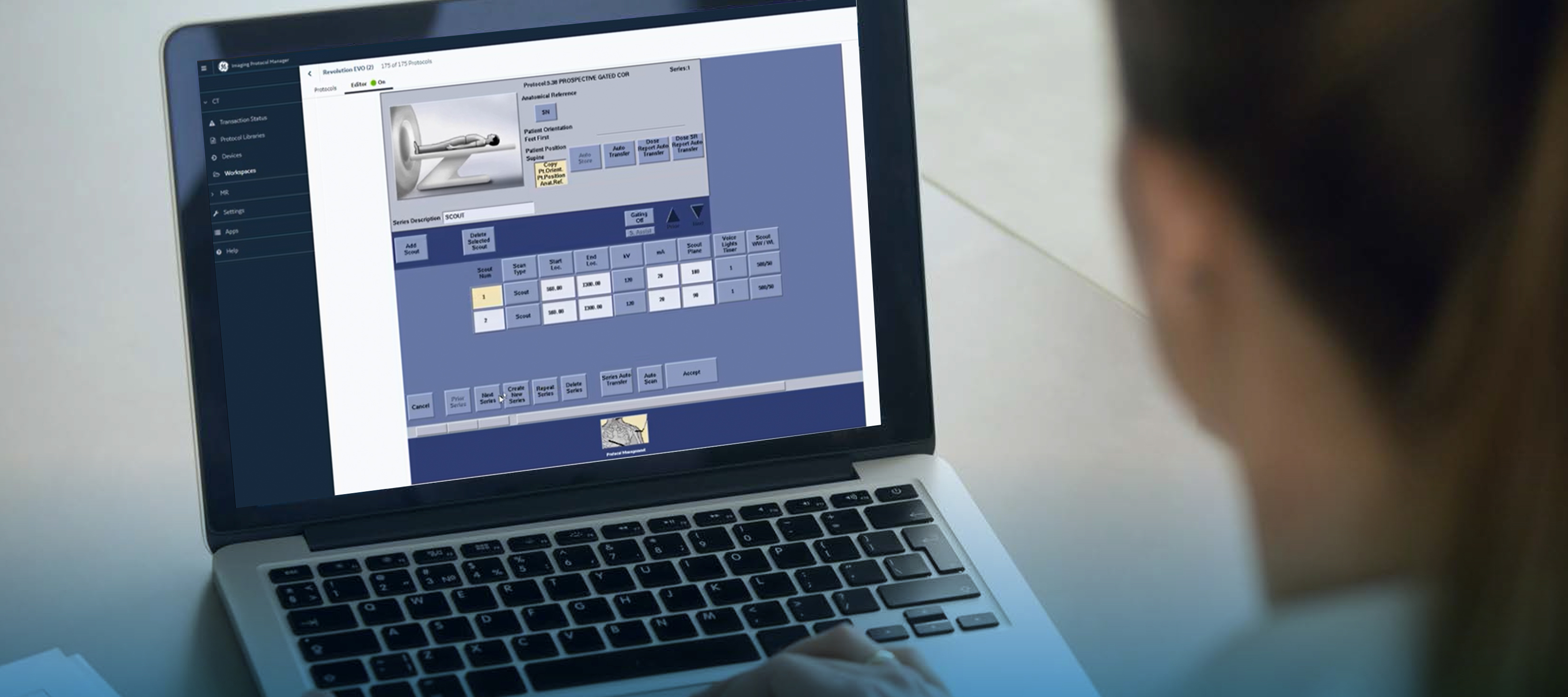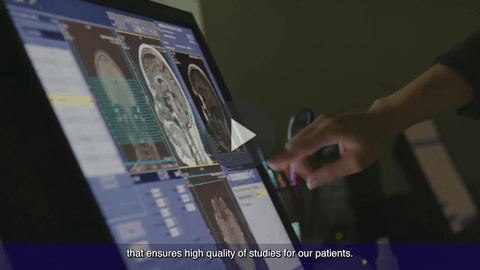Horizontal consolidations between hospitals and local hospital systems have been occurring rapidly, increasingly creating large regional and national systems.[1] Further, the COVID-19 pandemic is behind dramatic decreases in healthcare spending—resulting in significant revenue declines—potentially influencing the consolidation rate among healthcare providers.[2]
In France, Germany, and the United States, over 60 percent of hospitals are now part of a wider privatized healthcare network to help concentrate services, improve patient care, and leverage greater negotiating power. Additionally, the United Kingdom has seen significant success with the operational merger of several National Health System trusts.[3] That said, hospital systems and health enterprises are still experiencing numerous challenges as they grow in geographical extent and complexity through mergers and partnerships.[4]
As a health system expands, radiology department administrators are challenged with developing standardized imaging protocols across an entire fleet of imaging systems; they must ensure consistent application by technologists and monitor quality across all locations to ensure uniform care delivery.
These challenges only increase as enterprises grow in geographical extent and complexity through mergers or partnerships.[5] However, radiology is one of the most important areas that must maintain consistency and quality throughout any consolidation process.
imaging protocol standardization
Imaging technology is markedly more complex because of technological innovations spanning the past three decades, and there are many sequences and options for performing exams on different imaging modalities. Many radiologists and specialty physicians also have certain sequences they prefer to use for diagnostics. A lack of protocol visibility and management of these variations within a hospital or health system can lead to inconsistent imaging and issues for referring physicians. In a consolidation or merger scenario, the number of different imaging protocols can increase even more. Managing increasing quantities of protocols in a health system can be costly without the right tools.
Standardization is an imperative for optimized radiology operations and starts with a focus on consistency in ordering, acquisition, and appearance of a study, regardless of location.
Newer technologies can ease standardization efforts by automating protocol sharing, creation, editing, and tracking. Industry leaders such as GE Healthcare are supporting providers with a robust set of protocols uploaded to each new imaging system at installation. Customers receive continued support through clinical training applications and protocol optimization tools.
GE Healthcare also designed a digital solution to help eliminate the traditionally manual process of updating scanner protocols in order to keep protocols up to date. This protocol management solution automatically distributes and edits imaging protocols remotely for a health system’s fleet of scanners, helping to provide consistent, superior image quality across all devices and locations. They may also contribute to reducing variation in radiation dose, thereby improving patient care.
“We understand that the increase in health system consolidations can be challenging for radiology staff that has to manage multiple scanners across facilities,” said Rekha Ranganathan, Chief Digital Officer (acting), GE Healthcare and General Manager, Imaging Solutions. “With our automated, remote solution to help standardize and update imaging protocols across health systems, we aim to help reduce radiology staff burnout and increase patient outcomes through image consistency and improved quality.”
When imaging services are provided with consistency regardless of location, referring physicians, as well as patients, can rely on the same, high-quality imaging from any of a health system’s main or satellite locations. Protocol consistency and reproducibility becomes increasingly important as patients’ health is monitored over time and imaging studies need to be evaluated longitudinally.
Reduce staff burnout with efficiencies and improve workflow
Improving efficiency is a key goal for radiology administrators,[6] though it continues to rise as one of the top challenges in imaging. Inefficiencies damage not only everyday imaging workflows but can also impact staff burnout. Protocol standardization can help in this area as well—bringing significant efficiency gains to the imaging workflow.
Without digital tools, managing imaging protocols is an antiquated, manual process requiring technologists to travel between sites to update the protocols on each scanner. It is a less-than-ideal situation for a radiology staff member who may already be overburdened. Reports indicate that staff burnout is high in radiology,[7] and the rate of turnover in radiology staff is higher than in most other departments, averaging between 11 and 20 percent.[8]
With GE Healthcare’s automated digital tool for protocol standardization and management, radiology staff can remotely update and manage protocols between facilities and make changes in minutes. Protocol teams are empowered to develop, edit, optimize, manage, and download protocols to devices with an easy-to-use app, as well as create an audit trail of protocol changes.
Case study: Optimizing access to care with distributed digital imaging
One of the largest imaging services providers in Mexico and Nicaragua, Salud Digna provided imaging services for 15 million Mexicans in 2020 across its multiple remote facilities. Its mission is to provide and grant access to care to people with limited resources. It optimizes imaging services with GE Healthcare’s distributed digital imaging solutions to manage imaging protocols throughout its enterprise, ensuring that all scanners adhere to the same imaging protocols.
Salud Digna currently operates all 22 of its magnetic resonance imaging (MRI) systems with standardized protocols that meet image quality requirements, including the number of sequences, the types of sequences, and the characterization of different diseases. Salud Digna is currently operating with 80 established protocols on all of its MRI systems.
“We used to go in person to visit each of the MRI systems…to validate that the established protocols were the correct ones,” explained Jose Azael Castro Sanchez, M.D., Medical Director and Radiologist at Salud Digna. “In addition, radiologists had to have the entire protocol manual accessible within their documents.”
Newer radiology staff were particularly impacted by Salud Digna’s protocol standardization initiative. Protocol standardization across sites makes it easier to manage staffing and resources because staff at varying experience levels can easily work in any location—with no disruption of exam time or scheduling because they are unfamiliar with the protocols.
Salud Digna plans to open 40 more clinics in the coming year and has plans for international expansion, predominantly in Central America. The continued use and development of digital imaging tools for improving efficiency in imaging operations can optimize the use of limited resources and help to scale imaging operations to provide care to more patients who need it where they need it most.
“Being able to count on these tools gives us security and confidence to be able to guarantee what we are doing, we are doing well, and [that what we are doing] is for the benefit of our patients,” Dr. Sanchez concluded.
Imaging Protocol Manager - Testimonial
Learn more about GE Healthcare’s Imaging Protocol Manager.
DISCLAIMER
Not all products or features are available in all geographies. Check with your local GE Healthcare representative for availability in your country.
REFERENCES
[1] https://nihcm.org/publications/hospital-consolidation-trends-impacts-outlook
[2] https://www.kff.org/health-costs/issue-brief/what-we-know-about-provider-consolidation/
[3] https://www.rand.org/pubs/periodicals/health-quarterly/issues/v4/n3/01.html
[4] Venkataraman V, Browning T, Pedrosa I, Abbara S, Fetzer D, Toomay S, Peshock RM. Implementing Shared, Standardized Imaging Protocols to Improve Cross-Enterprise Workflow and Quality. J Digit Imaging. 2019 Oct;32(5):880-887. doi: 10.1007/s10278-019-00185-4. PMID: 30756266; PMCID: PMC6737153.
[6] The IMV 2019 Global Imaging Market Outlook Report
[7] https://www.medscape.com/slideshow/2019-lifestyle-radiologist-6011151
[8] https://www.gehealthcare.com/-/jssmedia/gehc/us/images/events/himss-2021/himss22news-brief--imaging-protocol-manager--digital-expert-accessapproved-in-veeva-jb19522xx.pdf?rev=-1



